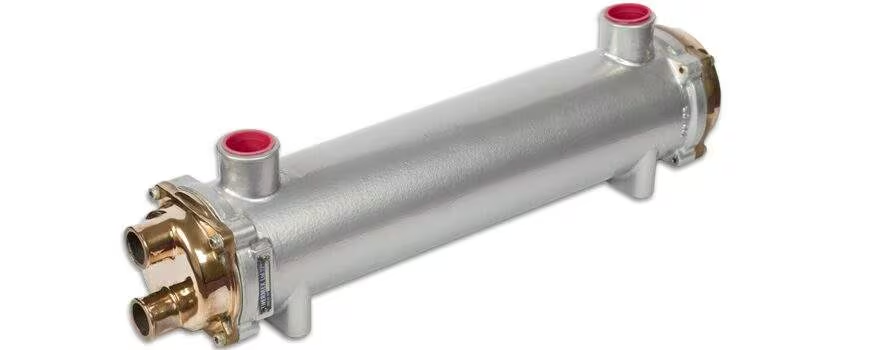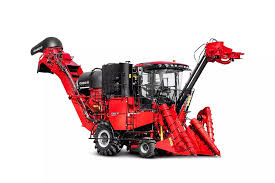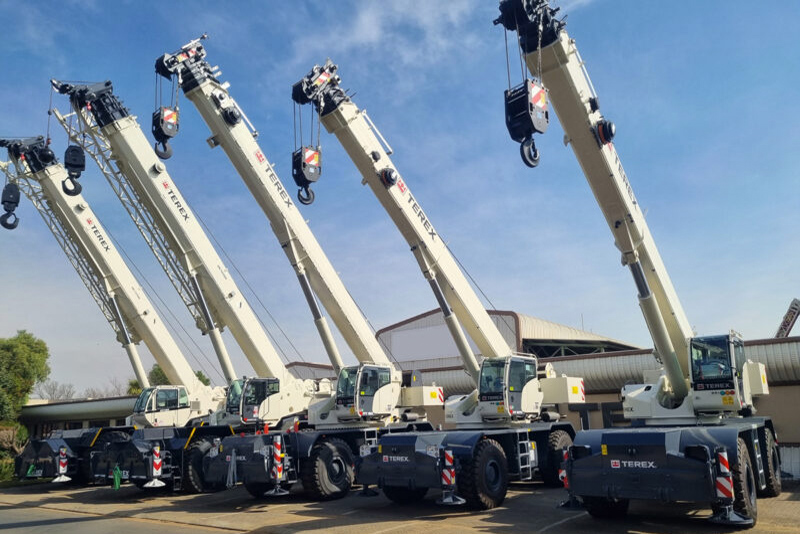Marine heat exchangers play a crucial role in the efficient cooling of water-cooled petrol and diesel engines, utilizing advanced hydraulic equipment to ensure optimal engine performance. There are three primary methods for cooling in marine applications: direct cooling, heat exchanger cooling, and keel cooling. Direct cooling involves the direct contact of seawater with the engine’s cylinders and heads. While this method is simple, it is often deemed inadequate because it can lead to the engine running at excessively low temperatures. This risk is particularly significant for engines originally designed for radiator cooling, as prolonged exposure to low temperatures can deteriorate the cylinder block and heads over time, ultimately affecting engine longevity and reliability. Heat exchanger cooling, however, is the predominant method used in marine engines, leveraging hydraulic equipment to separate seawater from engine components. This approach involves a closed freshwater circuit that is insulated from the corrosive effects of seawater. The heat exchanger transfers heat from the engine coolant to the seawater, allowing for effective temperature regulation. By incorporating thermostatic controls, this method ensures that the engine operates within its designed temperature range, enhancing performance and efficiency while minimizing the risk of overheating or damage.
Keel cooling is another option for small boats operating in shallow, weed-filled waters. This method involves the use of external pipework to transfer heat away from the engine to the surrounding water. While it can be effective in certain environments, the need for additional infrastructure limits its practicality, especially in more complex marine settings. In summary, the integration of hydraulic equipment in marine heat exchangers is essential for maintaining optimal engine temperatures and performance. By utilizing effective cooling methods like heat exchanger cooling, marine engines can operate efficiently while reducing wear and tear, ultimately extending their service life and reliability. This makes hydraulic equipment a fundamental component in modern marine engineering, ensuring that vessels are equipped to handle the challenges of various marine environments.
 teknowfeed
teknowfeed


